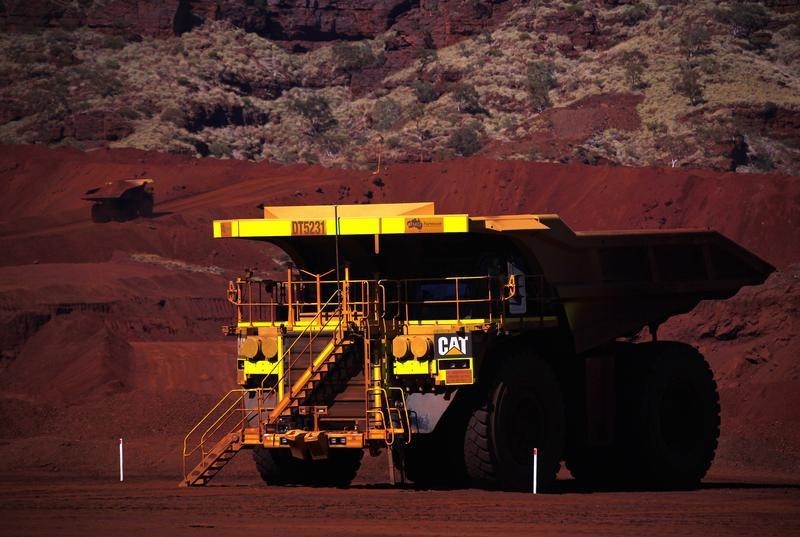This post was originally published on this site
https://i-invdn-com.akamaized.net/news/LYNXMPEB3K083_M.jpg
Investing.com — The ESG juggernaut has claimed arguably its highest-profile victim yet.
Rio Tinto (NYSE:RIO) chief executive Jean-Sebastien Jacques has been forced out after weeks of pressure from institutional shareholders in the wake of Rio’s destruction of a unique complex of prehistoric caves in the Pilbara region of western Australia.
Two other senior executives, iron ore head Chris Salisbury and corporate relations chief Simone Niven, will also leave, creating an awkward vacuum at the top of the division that makes most of Rio’s money. Rio shares, which have held up well enough throughout the furore, rose another 1.2% by mid-morning on Friday.
It’s a staggering fall from grace for the French-born Briton, who had made Rio one of the best-performing mining stocks in the world over the last three years, and a salutary lesson to any modern-day CEO who dares to under-estimate the importance of non-financial performance in today’s business.
ESG-themed investing (Environmental, Social and Governance) is a growing force in the developed world, reflecting the increased importance that (comfortably well-off) investors now put on issues of sustainability.
In Europe in particular, inflows into ESG-themed funds have surged as a new generation of investors has flocked to the asset class. They accounted for a third of all European fund sales in the second quarter, according to Morningstar. The trend has been one of the factors behind the spectacular outperformance of renewable energy stocks vis-à-vis Big Oil this year.
Indeed, in a world where actively-managed funds are constantly losing market share to algorithm-driven ETFs, ESG-themed funds are one of the few remaining selling points for asset managers, a rare area where they still have a persuasive argument for their higher management fees.
Typically, it’s companies’ performance on the E (for Environmental) element that has garnered the most attention from investors so far. Indeed, part of the reason that Rio finds itself in many ESG portfolios is Jacques’ decision to sell off the company’s thermal coal assets due to coal’s role in driving climate change.
Unfortunately, though, the company took its eye off the S (for Social) part. The Juukan Gorge caves were a site of extraordinary archaeological interest, showing evidence of continued human habitation over 45,000 years ago (before the last Ice Age). By comparison, even sites such as Stonehenge look about as old as a Dubai skyscraper.
That alone ought to have been enough to stop Rio dynamiting them as part of its plans to expand a major iron ore mine.
What made it worse was that the direct descendants of those cave-dwellers – the Puutu Kunti Kurrama and Pinikura Aborigines – still live in the region and had lobbied intensively for the caves’ preservation. The controversy was thus sharpened many times over by the controversial politics of Australia’s relations with its First Nations. To paraphrase Tommy Lee Jones’s sheriff in No Country for Old Men, if it ain’t a mess, it’ll do until the mess gets here.
The company’s protestations that they had acquired all the necessary legal approvals for the step are factually correct, but morally hollow. Big Mining’s power over such processes has been documented too many times for that excuse to hold much weight.
For better or worse, past generations of shareholders have accepted that reality for decades. Today’s generation, through the intermediation of asset managers desperate not to lose ESG mandates, is made of different stuff.

